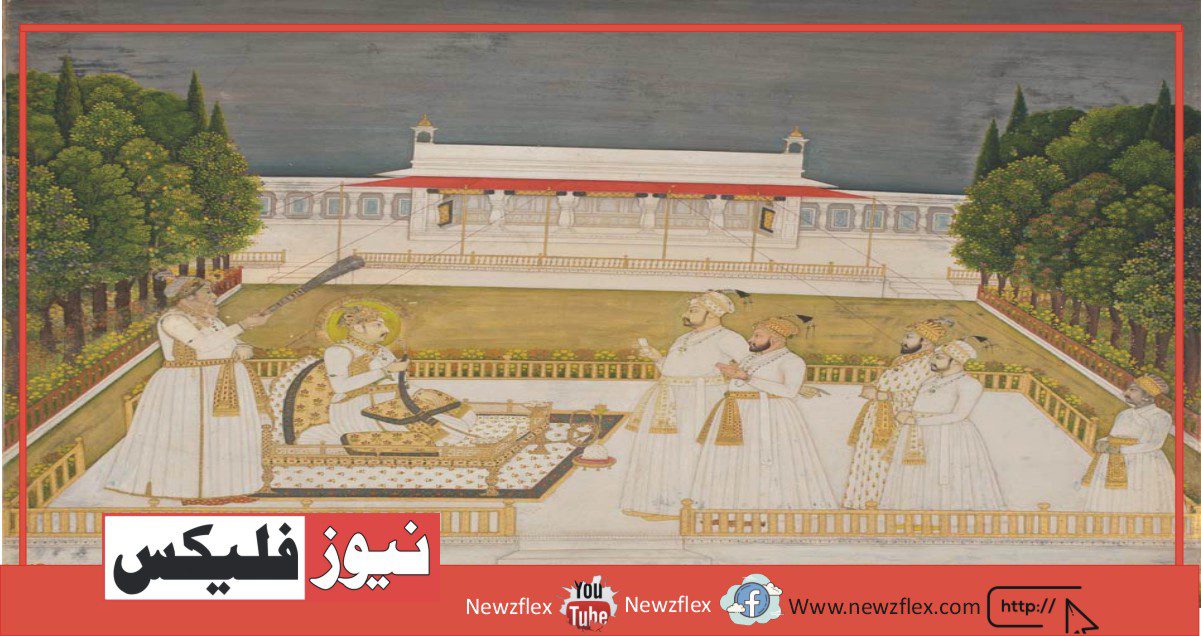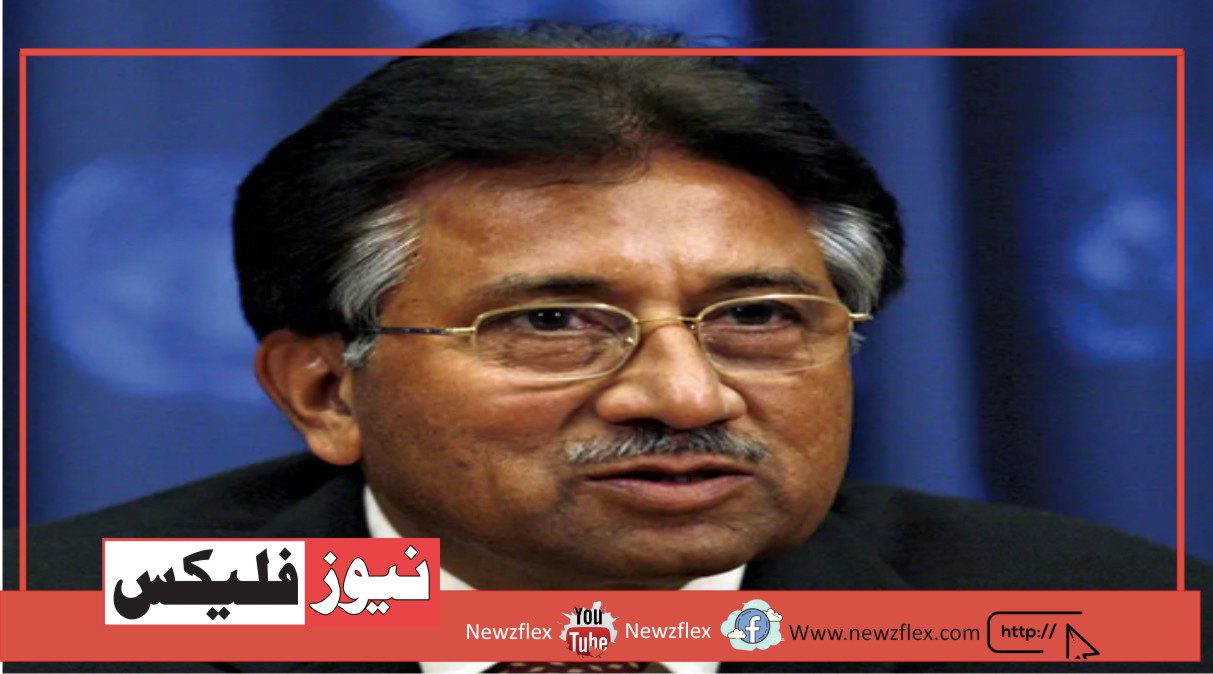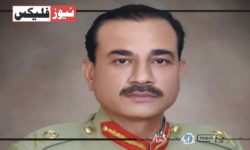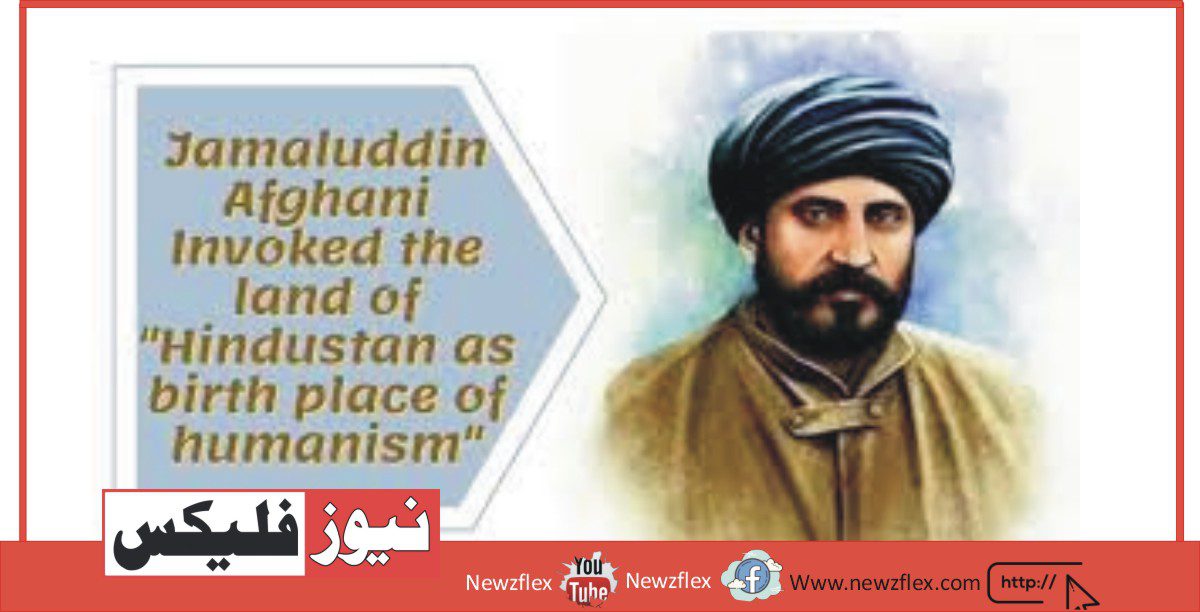
Muhammad Shah Rangeela
Muhammad Shah Rangeela was the Mughal Emperor who ascended to the Peacock Throne in 1719 which he occupied till his death in 1748. His name was Roshan Akhtar and was the grandson of Bahadur Shah 1.
He was born in 1702 at Fatehpur Sikri and was just 17 years old when the crown was placed on his head. His reign was the reign of the decadence of the Mughal Empire also because of the degeneration of the Muslim society in India. His pleasure-loving and merry-making pursuits expedited the process of the downfall of the empire. His entire reign was highly eventful right from his accession to the termination of his death.
Circumstances resulting in his accession were very tumultuous. The important tumult was being engineered and controlled by the then king-makers ‘Syed Brothers. Syed brothers dethroned Farrukh Siyar, the Mughal Emperor, and imprisoned him who was also blinded by them.
He was later executed after his cousin Rafiud Darjat was made the emperor. Darjat was very feeble and had a moth-eaten body that might not last long and died only after some months. After his death, his cousin Roshan Akhtar was made the emperor popularly called Muhammad Shah Rangeela in history.
Muhammad Shah Rangeela was a handsome person. He was also very intelligent and witty. He never tried to behave independently as long as Syed’s brothers lived. He was a man of his age who understood the restrictions and strengths. Syed’s brothers placed him under strict ensure made him resolute to obviate them. Therefore, with the assistance of Nizam-ul-Mulk, he obviated them in 1722.
Nizam-ul-Mulk was appointed as Vazir but soon differences cropped up between the 2 which made Nizam retire to Deccan. There he conspired with Marathas and defeated the governor of Deccan. Having defeated the governor, he became an independent ruler of the newly created independent state of Hyderabad in 1725.
The reign of Muhammad Shah Rangeela was the period during which the method of degeneration of the empire got inception within the right earnest. This era witnessed the increase of the many independent and semi-independent states like Bengal, Oudh, and South India and the breaking away of Kabul. Similarly, splinter groups got strength and motivation from the growing weakness of the tottering Mughal Empire.
Marathas started a protracted war with the Mughals referred to as the Maratha-Mughal War 1725-1763 which proved a death knell. In Punjab also Sikh carved out an independent territory by joining hands with Marathas. Marathas overwhelmed Mughals and even entered Delhi in 1738 which Baji Rao agreed to depart only after Muhammad Shah committed favorable terms to him.
Another event of great significance was the invasion of Nadir Shah in 1739. Earlier during the Persian war, Nizam’s suggestion was turned down by Rangeela to assist Safavidis because his policy was that of peaceful withdrawal thanks to limited available resources. The Mughal army was in complete disarray. As a result, when Nadir Shah invaded India he was ready to defeat the Mughal army quite easily in the battle of Karnal which was followed by unprecedented looting and plundering of Delhi.
Nadir Shah took away the treasure furthermore because of the Peacock Throne with him. He left the Mughal Empire impotent and at risk of complete decomposition. It couldn’t recover the lost glory and power. These conditions instigated Ahmed Shah Abdali to invade India in 1748 but he was checked at Sirhind. However, this accomplishment couldn’t last long with Muhammad Shah who soon died after this.
Muhammad Shah trusted neither nobles nor the religious elite who had replaced nobility during the reign of Aurangzeb. His soul had thrived on wine, music, and poetry to the good dislike of the nonsecular elite. Therefore, he created a new elite called the Intellectual elite who were the men of art and literature. Such people were already present at the Mughal court but were thought to be mere entertainers but now their status was enhanced.
Muhammad Shah founded the culture of taking time to write or being attentive to poetry that afterwards became the symbol of Indian Muslim society. He created a Delhi that was a city of a culture marked by an advancement attitude with high values placed on etiquette and courtesy.
During this period the Urdu language was developed and it replaced Persian. Urdu was earlier the language of commoners but now it has become the language of the elite.
محمد شاہ رنگیلا
محمد شاہ رنگیلا مغل شہنشاہ تھا جو 1719 میں مور کے تخت پر چڑھا جس پر اس نے 1748 میں اپنی وفات تک قبضہ کیے رکھا۔ اس کا نام روشن اختر تھا اور وہ بہادر شاہ اول کا پوتا تھا۔ وہ 1702 میں فتح پور سیکری میں پیدا ہوا اور اس کی عمر صرف 17 سال تھی جب اس کے سر پر تاج رکھا گیا تھا۔ ان کا دور حکومت مغلیہ سلطنت کے زوال کے ساتھ ساتھ ہندوستان میں مسلم معاشرے کی تنزلی کا دور تھا۔ اس کی خوشنودی سے محبت کرنے اور خوش کرنے کے مشاغل نے سلطنت کے زوال کے عمل کو تیز کیا۔ اس کا پورا دور اقتدار اس کے الحاق سے لے کر اس کی موت پر ختم ہونے تک انتہائی اہم تھا۔
اس کے الحاق کی طرف لے جانے والے حالات بہت ہنگامہ خیز تھے۔ اصل ہنگامہ آرائی اس وقت کے کنگ میکرز ’سید برادران‘ کے ذریعے انجنیئر اور کنٹرول کی جا رہی تھی۔ سید برادران نے مغل شہنشاہ فرخ سیار کو معزول کر کے قید کر دیا جو ان کے ہاتھوں اندھا ہو گیا تھا۔
بعد میں اس کے کزن رفیعود درجات کو شہنشاہ بنائے جانے کے بعد اسے پھانسی دے دی گئی۔ درجت بہت کمزور تھا اور اس کا جسم کیڑا کھایا ہوا تھا جو زیادہ دیر تک قائم نہ رہ سکا اور چند مہینوں کے بعد ہی مر گیا۔ ان کی وفات کے بعد ان کے کزن روشن اختر کو شہنشاہ بنایا گیا جو تاریخ میں محمد شاہ رنگیلا کے نام سے مشہور ہیں۔
محمد شاہ رنگیلا بہت خوب صورت انسان تھے۔ وہ بہت ذہین بھی تھا۔ جب تک سید برادران زندہ رہے انہوں نے کبھی آزادانہ برتاؤ کی کوشش نہیں کی۔ وہ اپنی عمر کا آدمی تھا جو واقعی حدود اور طاقت کو سمجھتا تھا۔ سید برادران نے اسے سخت چیکنگ میں رکھا جس کی وجہ سے وہ ان سے چھٹکارا پانے کے لیے پرعزم ہوگیا۔ اس لیے نظام الملک کی مدد سے اس نے 1722 میں ان سے چھٹکارا حاصل کر لیا۔ وہاں اس نے مرہٹوں کے ساتھ سازش کی اور دکن کے گورنر کو شکست دی۔ گورنر کو شکست دینے کے بعد، وہ 1725 میں نئی تخلیق شدہ آزاد ریاست حیدرآباد کا آزاد حکمران بن گیا۔
محمد شاہ رنگیلا کا دور وہ دور تھا جس میں سلطنت کے انحطاط کا عمل صحیح معنوں میں شروع ہوا۔ اس دور میں بنگال، اودھ اور جنوبی ہندوستان جیسی کئی آزاد اور نیم آزاد ریاستوں کے عروج اور کابل کے ٹوٹنے کا مشاہدہ کیا گیا۔ اسی طرح، بکھرنے والے گروہوں کو مغلیہ سلطنت کی بڑھتی ہوئی کمزوری سے طاقت اور حوصلہ ملا۔ مراٹھوں نے مغلوں کے ساتھ ایک طویل جنگ شروع کی جسے مراٹھا–
مغل جنگ 1725-1763 کے نام سے جانا جاتا ہے جو موت کی گھنٹی ثابت ہوئی۔ پنجاب میں بھی سکھوں نے مراٹھوں کے ساتھ ہاتھ ملا کر ایک آزاد علاقہ بنایا۔ مرہٹوں نے مغلوں کو مغلوب کر دیا اور یہاں تک کہ 1738 میں دہلی میں داخل ہو گئے جسے باجی راؤ نے محمد شاہ کے موافق شرائط کے بعد ہی چھوڑنے پر رضامندی ظاہر کی۔
ایک اور اہم واقعہ 1739 میں نادر شاہ کا حملہ تھا۔ اس سے پہلے فارسی خانہ جنگی کے دوران نظام کی تجویز کو رنگیلا نے صفویوں کی مدد کے لیے ٹھکرا دیا تھا کیونکہ اس کی پالیسی محدود دستیاب وسائل کی وجہ سے پرامن انخلاء کی تھی۔ مغل فوج مکمل انتشار کا شکار تھی۔ اس کے نتیجے میں، جب نادر شاہ نے ہندوستان پر حملہ کیا تو وہ کرنال کی لڑائی میں مغل فوج کو آسانی سے شکست دینے میں کامیاب ہو گیا جس کے بعد دہلی کی بے مثال لوٹ مار ہوئی۔
نادر شاہ خزانہ اور مور کا تخت اپنے ساتھ لے گیا۔ اس نے مغلیہ سلطنت کو بغیر کسی حکمران کے چھوڑ دیا۔ یہ کھوئی ہوئی شان و شوکت اور طاقت کو بحال نہیں کر سکا۔ ان حالات نے احمد شاہ ابدالی کو 1748 میں ہندوستان پر حملہ کرنے پر اکسایا لیکن سرہند میں ان کی جانچ پڑتال کی گئی۔ تاہم یہ کارنامہ محمد شاہ کے ساتھ زیادہ دیر قائم نہ رہ سکا اور وہ اس کے بعد جلد ہی انتقال کر گئے۔
محمد شاہ نہ تو رئیسوں اور مذہبی اشرافیہ پر بھروسہ کرتا تھا جنہوں نے اورنگ زیب کے دور میں شرافت کی جگہ لے لی تھی۔ اس کی روح شراب، موسیقی اور شاعری پر پروان چڑھی تھی اور مذہبی اشرافیہ کی شدید ناپسندیدگی تھی۔ اس لیے اس نے ایک نئی اشرافیہ تخلیق کی جسے دانشور اشرافیہ کے نام سے جانا جاتا ہے جو فن اور ادب سے متعلقہ لوگ تھے۔ ایسے لوگ مغل دربار میں پہلے بھی موجود تھے لیکن انہیں محض تفریحی سمجھا جاتا تھا لیکن اب ان کی حیثیت اور بڑھ گئی تھی۔
محمد شاہ نے شاعری لکھنے یا سننے میں وقت گزارنے کے کلچر کی بنیاد رکھی جو بعد میں ہندوستانی مسلم معاشرے کی علامت بن گئی۔ اس نے ایک ایسی دہلی بنائی جو ثقافت کا شہر تھا جس میں آداب اور شائستگی پر رکھی اعلی اقدار کے ساتھ آسان رویہ تھا۔ اس دور میں اردو زبان کی ترقی ہوئی اور اس نے فارسی کی جگہ لے لی۔ اردو پہلے عام لوگوں کی زبان تھی لیکن اب اشرافیہ کی زبان بن گئی ہے۔








